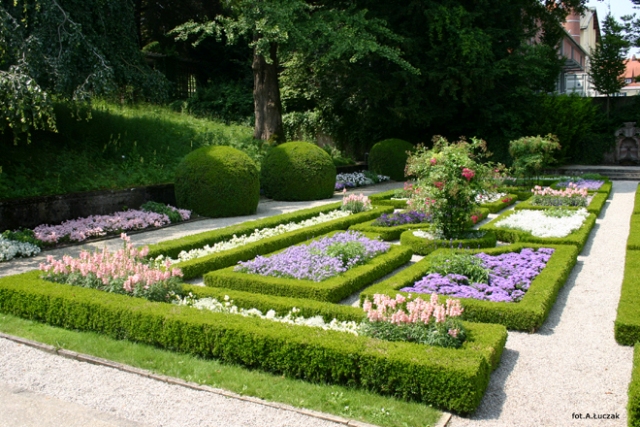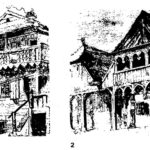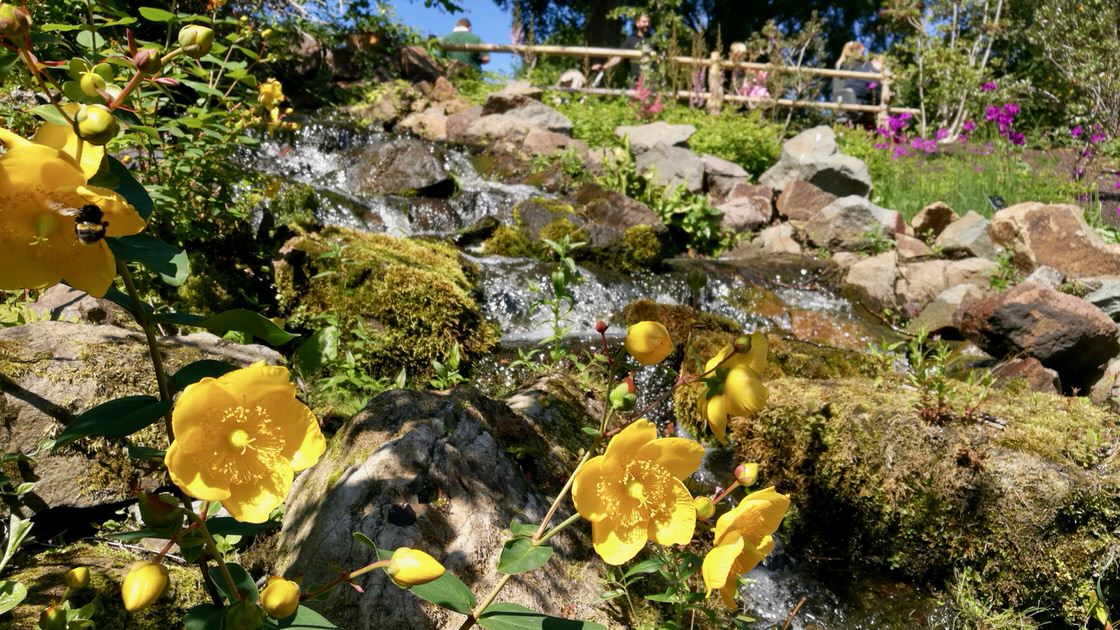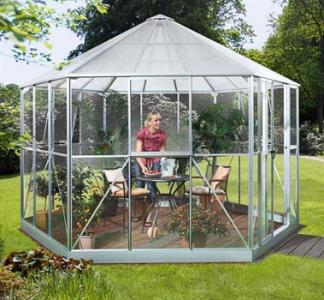 Kiedy rozejrzymy się po wiejskiej okolicy, możemy zauważyć, że starsze domy stoją zazwyczaj w osłoniętych dolinach, schowane przed mroźnym, zimowym wiatrem. Obecnie domy buduje się także na wyżej położonych terenach, z których rozciąga się wspaniały widok na okolicę. Kłopoty z taką lokalizacją pojawiają się wówczas, kiedy właściciele domu zapragną założyć piękny ogród. Główną przeszkodą okazują się bowiem silne wiatry. W takiej sytuacji można wprawdzie posadzić rośliny, które będą stanowić ochronę przed wiatrem, ale co wtedy z widokiem zapierającym dech w piersiach?
Kiedy rozejrzymy się po wiejskiej okolicy, możemy zauważyć, że starsze domy stoją zazwyczaj w osłoniętych dolinach, schowane przed mroźnym, zimowym wiatrem. Obecnie domy buduje się także na wyżej położonych terenach, z których rozciąga się wspaniały widok na okolicę. Kłopoty z taką lokalizacją pojawiają się wówczas, kiedy właściciele domu zapragną założyć piękny ogród. Główną przeszkodą okazują się bowiem silne wiatry. W takiej sytuacji można wprawdzie posadzić rośliny, które będą stanowić ochronę przed wiatrem, ale co wtedy z widokiem zapierającym dech w piersiach?
Ogrody w miastach także są narażone na niekorzystne działanie wiatru. Betonowe przestrzenie miast absorbują i akumulują energię słoneczną, przez co panuje w nich wyższa temperatura niż na terenach pozamiejskich. Wokół większych budynków powstają kominy powietrzne. Rośliny uprawiane na balkonach muszą radzić sobie z silnym nasłonecznieniem, wahaniami temperatury i porywistymi wiatrami.
Kiedy zapowiadane są przymrozki, ogrodnicy uprawiający rośliny w określonych regionach mają więcej powodów do zmartwień. Ogrody położone blisko morza są zazwyczaj mniej narażone na mróz niż te, które znajdują się w głębi lądu i na wyżej położonych terenach. Są miejsca, w których dodatkowo tworzą się zastoiska chłodu i gromadzi się mroźne powietrze. Planując założenie ogrodu, warto zatem odnotowywać nawet najdrobniejsze detale związane ze zjawiskami pogodowymi typowymi dla danego rejonu. Taka statystyka pomoże nam dobrać odpowiednie rośliny i zlokalizować najbardziej zaciszne miejsca w ogrodzie. Jeśli w wyniku takiej analizy okaże się, że mikroklimat naszego ogrodu przypomina raczej łąkę, śródziemnomorskie zbocze, las lub teren idealny pod wonne kwiaty, pogódźmy się z tym i postarajmy się jak najlepiej wykorzystać lokalne warunki, zamiast z nimi walczyć.
Zimne ogrody
Zastoiska chłodu to miejsca, w których zatrzymuje się mroźne powietrze spływające z wyżej położonych terenów. Często tworzą się w kotlinach, a w skali mikro pod barierami, którymi mogą być gęste żywopłoty, ogrodzenia i ściany. Mroźne powietrze, kumulując się w zagłębieniach, niszczy uprawiane tam rośliny. Spadek temperatury powoduje powstawanie różnych osadów atmosferycznych. Jednym z najbardziej widowiskowych jest szron, który możemy obserwować, kiedy powietrze jest wilgotne i zawarta w nim para wodna zamienia się w lodowe kryształki.
Gdy temperatura przy gruncie spada poniżej zera, przy średniej dobowej wyższej niż 0°C, pojawiają się przymrozki. Jeśli gruntowe przymrozki utrzymują się zbyt długo, rośliny zimozielone marnieją, ponieważ nie są w stanie pobierać z gleby wody. Zwykle ich stan poprawia się wraz z odwilżą, chyba że są to rośliny o bardzo płytkim i wrażliwym na chłód systemie korzeniowym.








